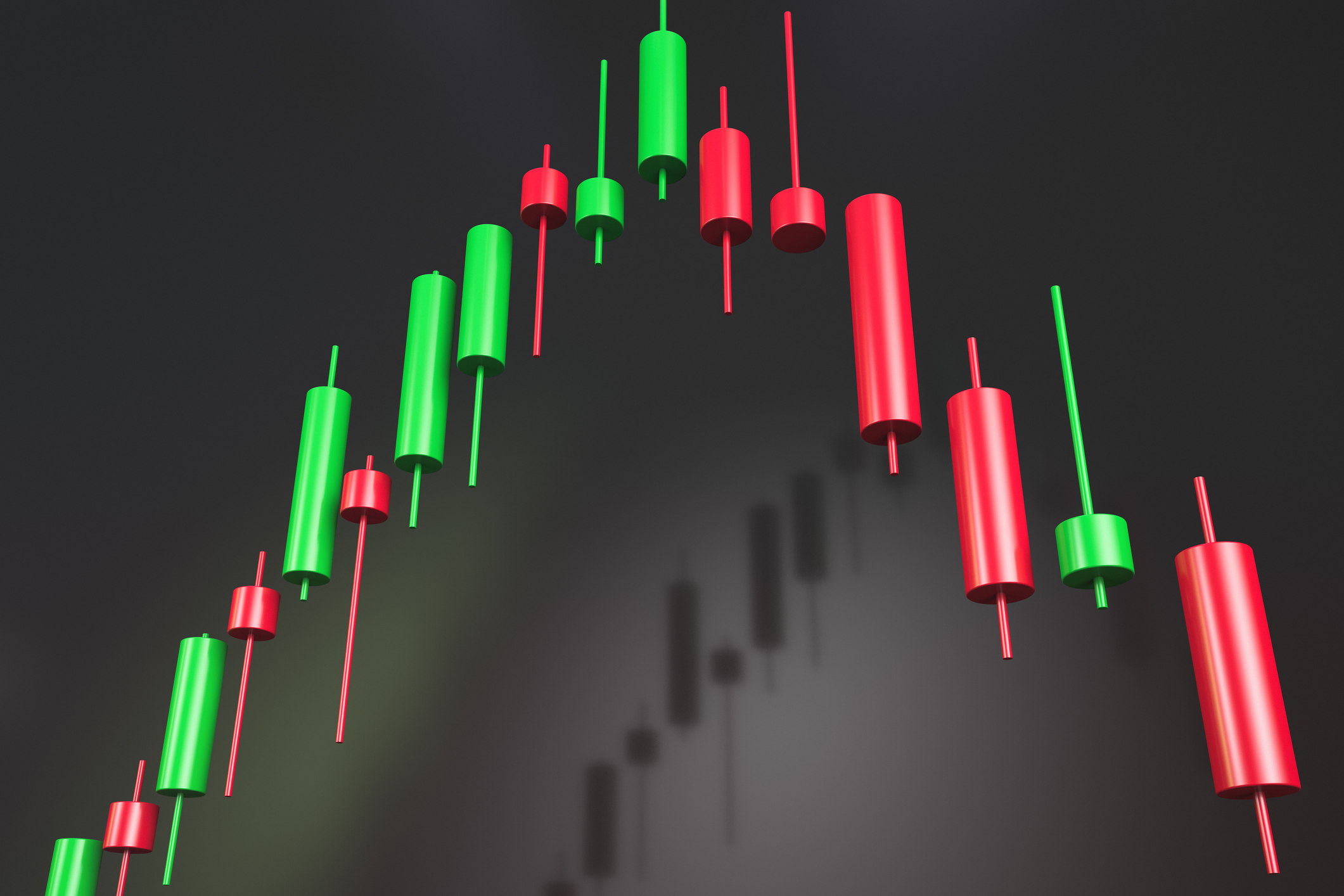Choosing Between Look-Alike ETFs and Mutual Funds
If you're trying to choose between ETFs and Mutual Funds, some factors to help you decide are how you trade and the type of account you plan to use.


Exchange-traded funds (ETFs) continue to gain in popularity, but the divide between ETFs and mutual funds is becoming a little murky.
In recent years, for instance, several fund companies, including T. Rowe Price and Fidelity, have launched actively managed ETFs that are modeled after their best actively managed mutual funds. ETF index strategies, meanwhile, have been around for decades. The oldest, the SPDR S&P 500 Trust, known as SPY (for its symbol), is 30 years old and has $362 billion in assets — not far behind the biggest index mutual fund, the Vanguard 500 Index (VOO), which holds $392 billion.
When faced with a choice between buying shares in an ETF and buying shares in a mutual fund that follows a similar strategy, which is the better option for you?

Sign up for Kiplinger’s Free E-Newsletters
Profit and prosper with the best of expert advice on investing, taxes, retirement, personal finance and more - straight to your e-mail.
Profit and prosper with the best of expert advice - straight to your e-mail.
“The choice isn’t always black and white,” says Charles Rotblut, a vice president and financial analyst at AAII, a nonprofit organization that helps individual investors. The answer may depend on several factors, including how you typically trade investments and in what type of account you plan to hold the asset, among other things. In certain cases, it may come down to a matter of personal preference.
Look-Alike ETFs and Mutual Funds — similar, but not the same
ETFs and mutual funds have much in common. “There are many more similarities than differences,” says Molly Concannon, head of equity products at Vanguard. Both are easy to trade and offer diversified exposure to a swath of the market in one go. They both pool assets from shareholders and invest in diversified baskets of stocks, bonds or other assets. There are actively managed and index-based strategies in both ETF and mutual fund structures. And both ETFs and mutual funds charge an annual fee, known as an expense ratio.
But these types of funds differ in key ways, too. When you buy or sell mutual fund shares, trades are executed once a day, after the market close. In some cases, you may pay a transaction fee to buy shares in a mutual fund. But you can buy or sell ETFs throughout the trading day just as you would a stock, and they trade commission-free at most brokerage firms.
ETF share prices fluctuate throughout the day, and there is a bid-ask spread — the difference between the highest price a buyer is willing to pay for an asset and the lowest price that a seller is willing to accept. What’s more, an ETF’s share price may deviate from its net asset value — the actual value per share of its underlying holdings — during the trading day.
Many certified financial planners prefer ETFs over mutual funds. “I exclusively place my clients in ETFs as opposed to mutual funds,” says Alexis Hongamen, a certified financial planner in Orlando, Florida. And Vanguard’s Concannon says ETFs are where most of the firm’s individual investors have been putting their money in recent years.
But it doesn’t have to be an either-or decision. “ETFs are better in most situations because they are more tax efficient and generally less costly — there are no transaction fees,” says Thomas Stapp, a CFP in Olympia, Wash. But he invests in mutual funds, too, particularly when he finds a strategy that is “notably better than any ETF option” or when a strategy isn’t available in an ETF.
ETFs and Mutual Funds: Which structure works best for you?
Consider the investing scenarios below to see which fund structure works best in certain circumstances.
You want to make regular, automated investments. A mutual fund works better if you want to set up regular contributions to a brokerage account, says Vanguard’s Concannon. You can’t get that service with ETFs, she says. “It’s limited to mutual funds.”
You have less than $1,000 to invest. A workplace retirement plan, such as a 401(k) or 403(b), makes it easy to set aside small contributions from your paycheck to your investment account. But outside of a retirement plan — you’re investing on your own at a brokerage firm, say — you’re better off with an ETF if you only have small sums to invest. That’s because the minimum investment for most retail mutual funds is more than $1,000, but you can buy ETFs for as little as the price of one share. A single share of the iShares Core S&P 500 (IVV), one of the biggest U.S. stock ETFs in the country, cost just over $383 in late 2022.
A couple of brokerage firms, Fidelity and Interactive Brokers, will even let you buy just a fraction of an ETF. Vanguard brokerage customers can buy fractional shares of Vanguard ETFs for as little as $1.
But there may be workarounds to mutual fund minimums, too. At Charles Schwab, brokerage customers can make an initial investment of $100 in any of the thousands of mutual funds on its OneSource network of no-transaction-fee mutual funds.
You want to invest in a broad-based index fund. Either an ETF or mutual fund works here. “It’s largely a matter of preference,” says AAII’s Rotblut. That’s because both are low cost and inherently tax efficient. (Index funds tend to buy and hold stocks, distributing fewer capital gains than more actively traded funds do.)
You’re investing in a taxable account and you’re tax wary. Go with an ETF. “My basic rule of thumb is to use ETFs in taxable brokerage accounts,” says Keith Spencer, a certified financial planner in Spokane. Tax efficiency has long been a draw for investors to ETFs. It has to do with the way that ETFs are structured compared with mutual funds.
ETFs don’t actually buy and sell the underlying securities in their portfolios. Instead, third parties called authorized participants do it for them. Because the ETF itself isn’t making any cash transactions, it is less likely to make a capital gains distribution to shareholders. (You still owe capital gains taxes when you sell shares.) In contrast, mutual funds buy and sell the actual securities in their portfolios. If a mutual fund pockets a profit when it sells a holding, it is required to pass on those gains to shareholders at least once a year, triggering a surprise capital gains tax bill. That’s why holding an ETF in a taxable account will likely generate less tax liability than a mutual fund with a similar strategy.
You’re investing in a tax-deferred account. Opt for whichever is cheaper — the ETF or the mutual fund — in annual expense ratio plus any transaction fees you may pay to buy and sell shares. In a retirement account such as an IRA or 401(k), capital gains distributions don’t create any sort of taxable event because these accounts are shielded from tax until you withdraw the money from the account.
You’re an active trader. ETFs are nimbler than mutual funds because they trade intraday. Mutual fund trades settle once a day, after the market closes. You can also sell shares short (a bet on falling prices) or buy or sell options on an ETF.
But be forewarned: When markets get volatile, the difference between an ETF’s share price and its net asset value may widen, as will the bid-ask spread. That means the cost of buying or selling ETF shares may rise during choppy trading days, a recent State Street Global Advisors report says. In 2010 and 2015, for instance, ETF prices fell well below the net asset value of their underlying assets during flash crashes, which occur when market prices plunge and then recover almost immediately.
During rough market periods, consider limiting your trades to the largest and most widely traded ETFs, such as the SPY ETF. Other U.S. stock ETFs with high average daily trading volumes are the Invesco QQQ Trust (QQQ) and the iShares Russell 2000 ETF (IWM). At the very least, set limit orders on your transactions, which allow you to trade shares at a specific price.
Related content
- ETFs are now mainstream. Here's why they're so appealing#
- 9 best commodity ETFs to buy now
- Mutual Funds vs ETFs: Why not use both?
Get Kiplinger Today newsletter — free
Profit and prosper with the best of Kiplinger's advice on investing, taxes, retirement, personal finance and much more. Delivered daily. Enter your email in the box and click Sign Me Up.

Nellie joined Kiplinger in August 2011 after a seven-year stint in Hong Kong. There, she worked for the Wall Street Journal Asia, where as lifestyle editor, she launched and edited Scene Asia, an online guide to food, wine, entertainment and the arts in Asia. Prior to that, she was an editor at Weekend Journal, the Friday lifestyle section of the Wall Street Journal Asia. Kiplinger isn't Nellie's first foray into personal finance: She has also worked at SmartMoney (rising from fact-checker to senior writer), and she was a senior editor at Money.
-
 6 Stunning Waterfront Homes for Sale Around the US
6 Stunning Waterfront Homes for Sale Around the USFrom private peninsulas to lakes, bayous and beyond, Kiplinger's "Listed" series brings you another selection of dream homes for sale on the waterfront.
By Charlotte Gorbold Published
-
 Six Reasons to Disinherit Someone and How to Do It
Six Reasons to Disinherit Someone and How to Do ItWhether you're navigating a second marriage, dealing with an estranged relative or leaving your assets to charity, there are reasons to disinherit someone. Here's how.
By Donna LeValley Published
-
 Stock Market Today: Stocks Surge to Close a Volatile Week
Stock Market Today: Stocks Surge to Close a Volatile WeekIt was another day with a week's worth of both news and price action, but it ended on a strongly positive note.
By David Dittman Published
-
 Stock Market Today: Uncertainty Proliferates: Dow Loses 1,014 Points
Stock Market Today: Uncertainty Proliferates: Dow Loses 1,014 PointsWeaker-than-expected consumer inflation data wasn't enough to stabilize sentiment during another volatile day for financial markets.
By David Dittman Published
-
 Stock Market Today: Tariff Pause Triggers 3,000-Point Dow Rally
Stock Market Today: Tariff Pause Triggers 3,000-Point Dow RallyThe bond market is sending concerning signals as the Trump administration executes its rapid reordering of global trade relationships.
By David Dittman Published
-
 Stock Market Today: Tariff Talks Drive Another Up-and-Down Day
Stock Market Today: Tariff Talks Drive Another Up-and-Down DayTrade war negotiations are happening, but the "fear gauge" is gyrating, and investors, traders and speculators are still searching for signs of a bottom.
By David Dittman Published
-
 Stock Market Today: Trump Pushes Dow Into 2,600-Point Swing
Stock Market Today: Trump Pushes Dow Into 2,600-Point SwingTariffs and trade war weigh on prices across global financial markets, with little light at the end of the tunnel.
By David Dittman Published
-
 Stock Market Today: Dow Drops Another 2,231 Points to Hit a Correction
Stock Market Today: Dow Drops Another 2,231 Points to Hit a CorrectionThe Nasdaq Composite, meanwhile, entered a new bear market with its latest slide.
By Karee Venema Published
-
 Stock Market Today: Dow Dives 1,679 Points on Trump Tariff Shock
Stock Market Today: Dow Dives 1,679 Points on Trump Tariff ShockU.S. stocks lost roughly $3.1 trillion in market cap on Thursday – the biggest one-day decline since the start of the COVID-19 pandemic in March 2020.
By Karee Venema Published
-
 Stock Market Today: It's the Old Up-Down Again on Liberation Day
Stock Market Today: It's the Old Up-Down Again on Liberation DayMarkets look forward to what comes with the reordering of 80-year-old global trade relationships.
By David Dittman Published